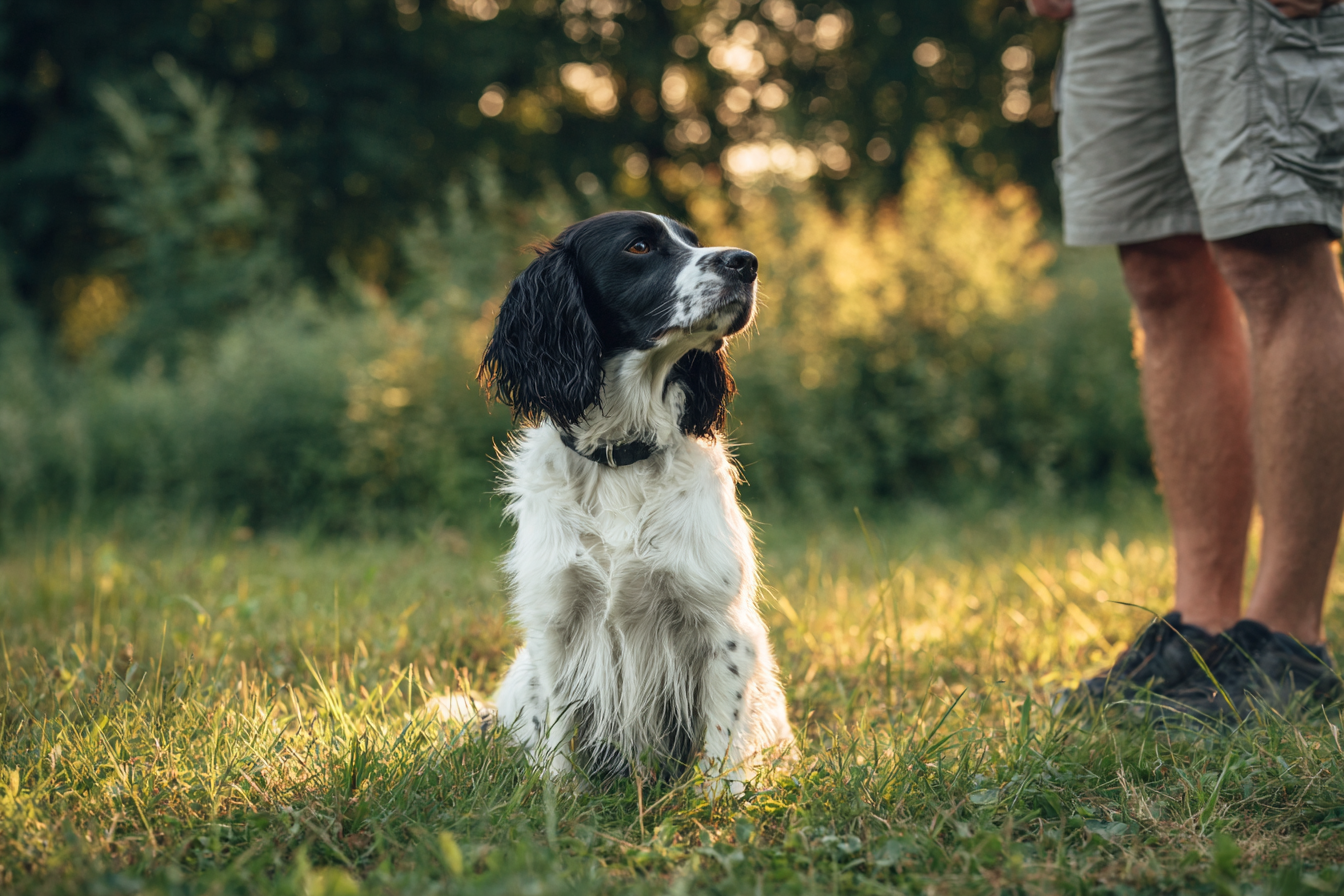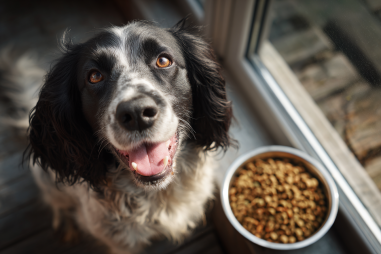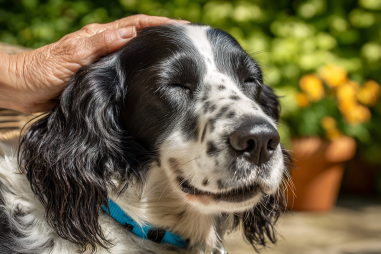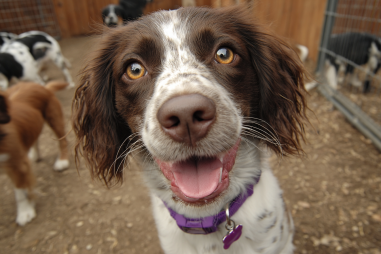Training your English Springer Spaniel can be a truly rewarding experience, especially when you use techniques that align with their unique intelligence, energy, and temperament. This breed is known for being lively, affectionate, and highly trainable, making them excellent companions for families and active individuals alike. To help you get the most out of your training sessions, we’ll explore effective and positive methods tailored specifically for English Springer Spaniels.
Understanding the Intelligence and Temperament of English Springer Spaniels
Before diving into training techniques, it’s important to recognize what makes English Springer Spaniels special. This breed is highly intelligent and eager to please, which means they often respond well to training when it’s consistent and engaging. Their temperament is friendly, energetic, and affectionate, but they also have a strong hunting instinct and a keen sense of smell. These traits can be channeled positively in training but may require extra attention to keep them mentally and physically stimulated.
Because they are so intelligent, English Springer Spaniels can learn quickly but can also become bored if training routines are too repetitive or lack variety. Their energy level means they need ample exercise and mental challenges to stay happy and well-behaved. When you understand their unique characteristics, you can tailor your training approach for the best results.
The Power of Positive Reinforcement
One of the most effective training techniques for English Springer Spaniels is the use of positive reinforcement. This method focuses on rewarding desirable behaviors rather than punishing mistakes. Rewards can include treats, praise, toys, or even playtime. Positive reinforcement helps build trust between you and your dog and encourages them to repeat good behaviors.
To use positive reinforcement effectively:
- Immediately reward your dog when they perform the desired behavior to help them make the connection.
- Be consistent with the timing and type of rewards to avoid confusion.
- Use enthusiastic verbal praise to reinforce the reward and keep your dog motivated.
- Gradually phase out treats by using praise and affection once behaviors become reliable.
This approach is especially beneficial for a sensitive breed like the English Springer Spaniel, as harsh corrections can harm their confidence and slow down the learning process.
House Training Essentials for Your English Springer Spaniel
House training is one of the first steps every dog owner should focus on, and it’s no different with English Springer Spaniels. Their intelligence can expedite house training, but consistency and patience are key. Establishing a routine helps your dog understand when and where it’s appropriate to relieve themselves.
Follow these house training basics:
- Designate a specific outdoor potty area to help your dog associate that spot with eliminating.
- Take your dog outside first thing in the morning, after meals, after play sessions, and before bedtime.
- Supervise them indoors to catch any signs they need to go, such as sniffing or circling.
- Use a consistent command like “go potty” to encourage them when outside.
- Reward immediately when they eliminate in the correct spot with praise or treats.
Accidents will happen, so avoid punishment and instead clean the area thoroughly to remove any scent markers that may attract repeat accidents.
Teaching Commands and Tricks
Once your English Springer Spaniel has mastered basic house training, you can move on to teaching obedience commands and fun tricks. Their intelligence and eagerness to learn make them excellent candidates for commands like “sit,” “stay,” “come,” and “heel.” Training sessions should be short and engaging—aim for about 10 to 15 minutes to keep their focus sharp.
When teaching new commands:
- Start with one command at a time until your dog consistently obeys it.
- Use hand signals alongside verbal commands to enhance understanding.
- Keep training upbeat and reward success generously to maintain enthusiasm.
- Once basic obedience is solid, introduce tricks like “shake,” “roll over,” or “fetch” to keep training fun.
These activities not only build your dog’s skillset but also strengthen your bond through positive interaction.
Managing Common Behavioral Challenges
Despite their affectionate nature, English Springer Spaniels can sometimes develop behavioral challenges if their needs aren’t met or training is inconsistent. Common issues include excessive barking, chewing, jumping on people, and separation anxiety.
To manage these behaviors effectively:
- Excessive Barking: Identify triggers and redirect their attention with commands or distraction toys.
- Chewing: Provide plenty of appropriate chew toys and supervise to prevent damage to household items.
- Jumping: Teach a polite greeting by turning away or using commands like “off” and rewarding calm behavior.
- Separation Anxiety: Gradually acclimate your dog to being alone and create a safe, comfortable environment with toys and familiar scents.
Addressing challenges early with clear communication and consistent boundaries makes managing them much easier.
Incorporating Mental Stimulation into Training
Physical exercise alone isn’t enough to keep an English Springer Spaniel happy and well-behaved. Their high intelligence requires mental stimulation to prevent boredom and destructive behavior. Incorporating mental challenges into training exercises can yield fantastic results.
Try these methods:
- Use puzzle toys that dispense treats as your dog figures them out.
- Teach scent work games that allow them to follow their natural nose instincts.
- Rotate toys regularly to maintain novelty and interest.
- Introduce new commands or advanced tricks that engage their brain.
- Practice short training sessions during walks to combine physical and mental activity.
By mixing mental exercises into your routine, your Springer Spaniel will stay sharp and content.
The Importance of Consistency and Patience
Above all else, successful training with an English Springer Spaniel demands consistency and patience. This means sticking to your training schedule, applying rules evenly, and maintaining a calm demeanor even when progress seems slow. Changing expectations or inconsistent reactions can confuse your dog and make training take longer.
Keep these tips in mind:
- Set clear, achievable goals for each training session.
- Be patient when your dog makes mistakes—they are learning and need time.
- Celebrate small victories to stay motivated and reinforce progress.
- Involve all family members in training to ensure everyone follows the same approach.
- Remember that every dog learns at their own pace—some days will be easier than others.
Your persistent and loving approach will help your English Springer Spaniel become a well-mannered, happy companion.
Training an English Springer Spaniel is a journey filled with opportunities to build a trusting and joyful relationship. By understanding their breed characteristics, using positive reinforcement, and blending consistency with patience, you can successfully teach your dog a wide range of skills while strengthening your bond. With time, effort, and the right techniques, your Springer Spaniel will not only be obedient but also mentally fulfilled and truly happy to be by your side.







